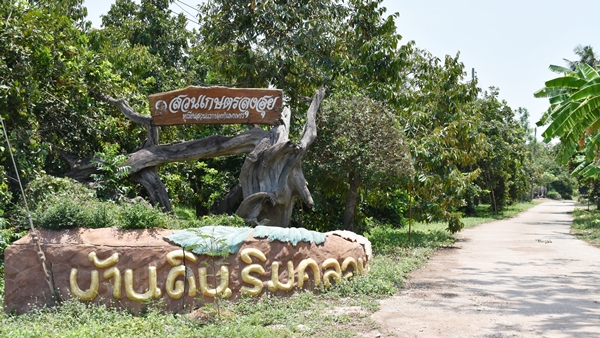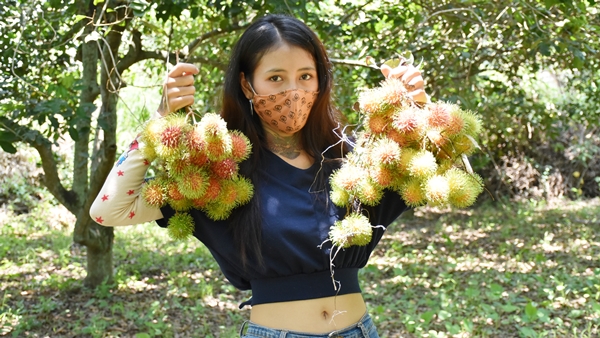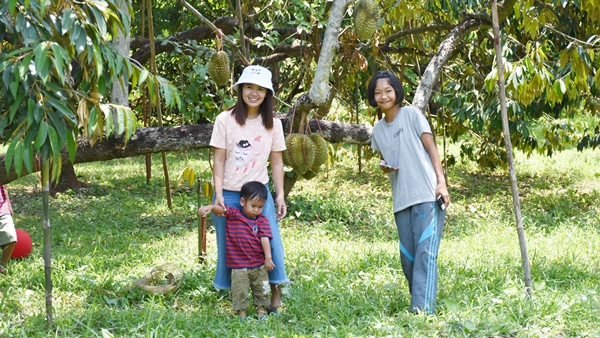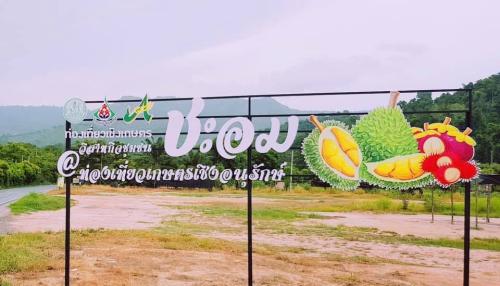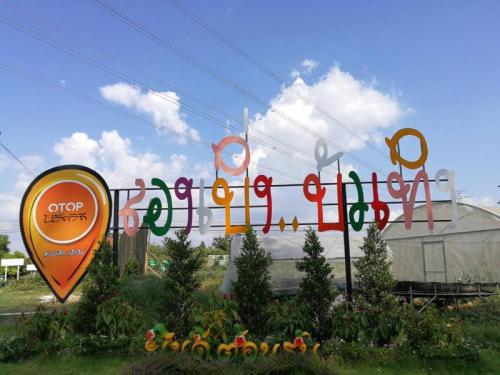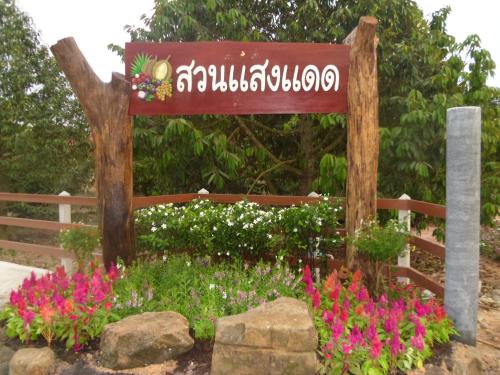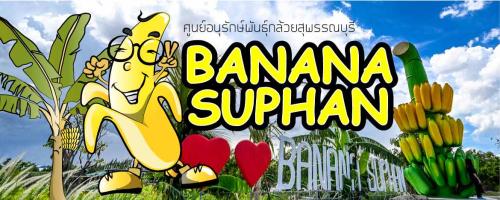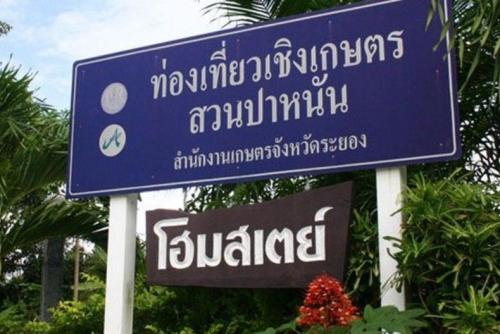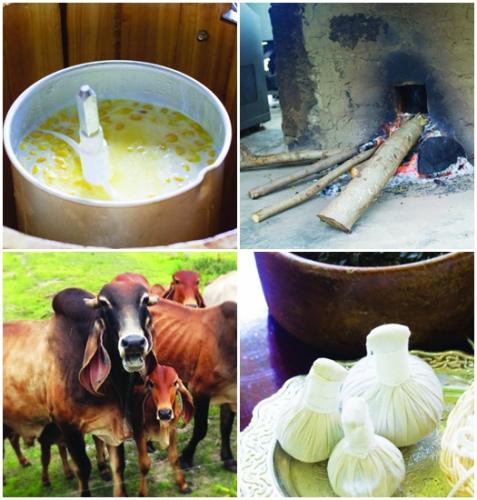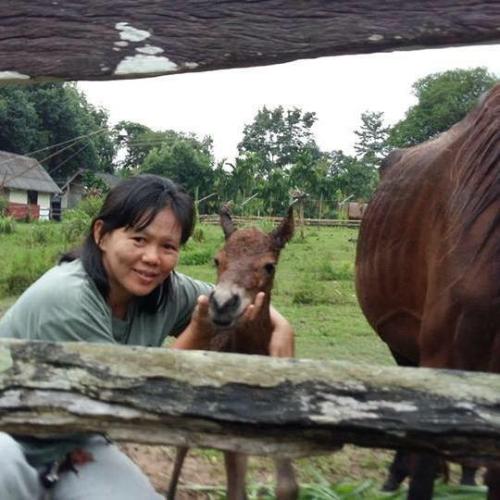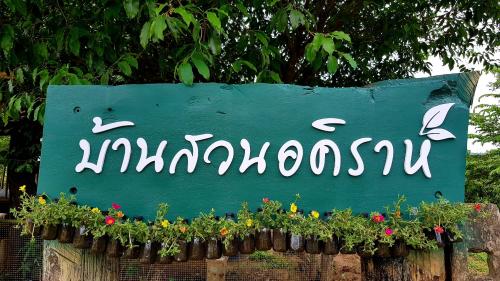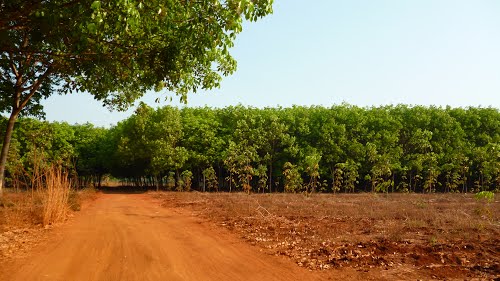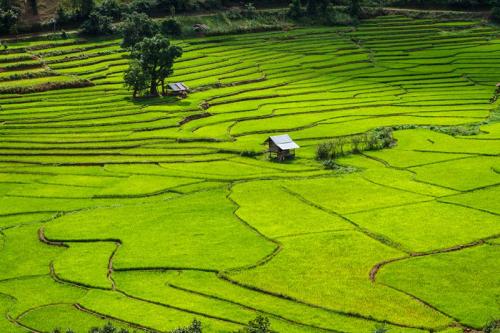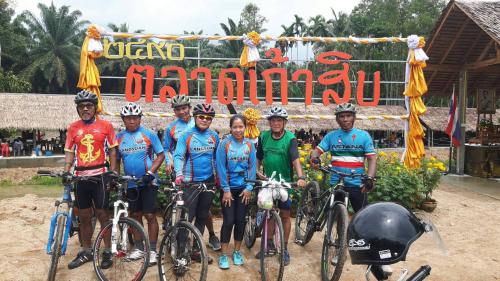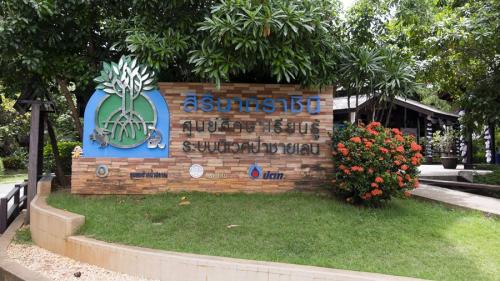Weather
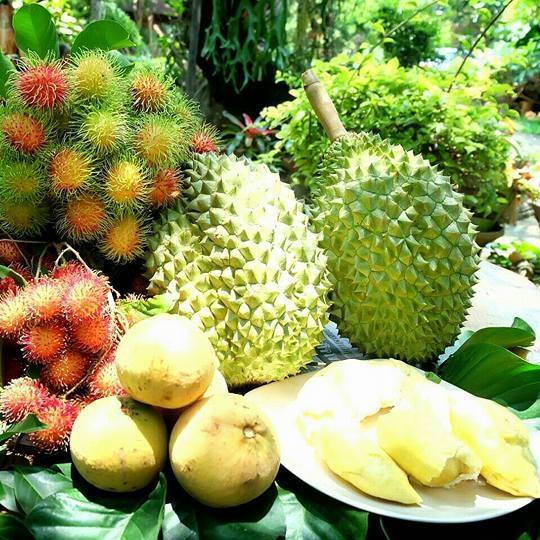
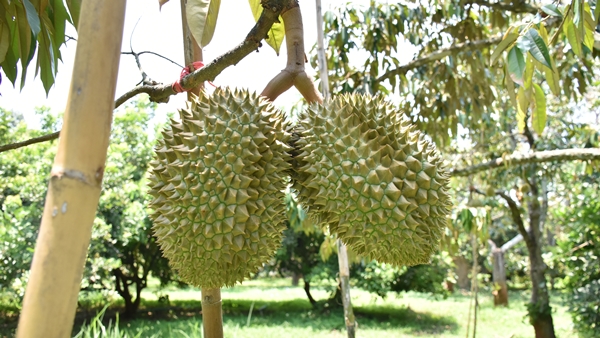
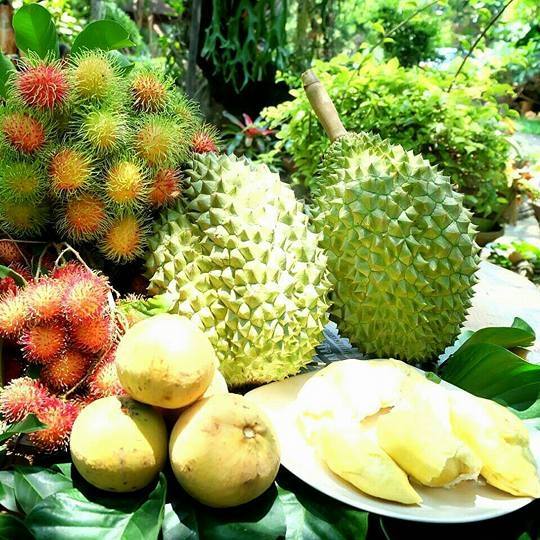
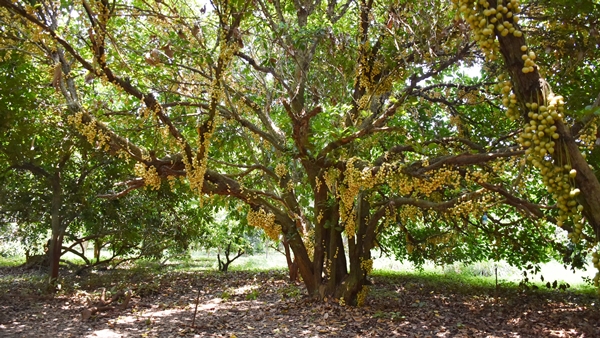
Closed
Business hours
• Sunday
: 09:00 - 16:00
• Monday
: 09:00 - 16:00
• Tuesday
: 09:00 - 16:00
• Wednesday
: 09:00 - 16:00
• Thursday
: 09:00 - 16:00
• Friday
: 09:00 - 16:00
• Saturday
: 09:00 - 16:00
Note
: -
Map
Review Score
0
Information
Various kinds of fruit orchards, cool and charming atmosphere, along with accommodation and food
Source
Thailand Tourism Directory
Recommended
Entrance fees
• Entrance fees: Non-fee
• Remark : -
Review (0)
Write Review
0
จาก 5.0
Availability
Value
Service
Relate Agritourism
It is an area that connects to Khao Yai National Park; thus, this area has an abundance of nature. And, the villagers here make seasonal orchards, and it is suitable for natural tourism .There is also a tree dug around, selling various seedlings and a camping ground
Saraburi
Experience the local wisdom of the people in the community, and learn about Sufficiency Economy Philosophy.
Ubon Ratchathani
Indulge with a seasonal fruits buffet such as durian, rambutan, mangosteen, along with local food services.
Rayong
Suphanburi Banana Conservation Center: It is a sufficiency agricultural community enterprise, responsible for the conservation of rare banana species in Thailand; and it has collected up to 108 banana species, especially the species of Suphan Buri itself.
Suphan Buri
Panan garden has many types of fruit planted there, including rambutan, mangosteen, longkong, durian. The cost of visiting Panan garden during May - June, when the orchard is full of fruit is 200 baht per person (price subject to change). In addition, there is also accommodation in the orchard.
Rayong
Rai Khun Mon is a mixed agricultural plantation, organic vegetable garden and a factory to process various products such as corn milk, vegetable juice, banana/jackfruit dried. Krayasart coated with vegetable juice, corn Meatballs, corn milk ice cream, healthy homeopathic food and a learning center for Thai wisdom on an area of 150 rai with modern machinery
Tourism program
Learn activities based on various bases.
1. Corn milk production base
2. Corn milk ice cream production base
3. The base for collecting fresh corn from the field
4. Sesame oil extraction base
5. Wood vinegar extraction base and Iwate charcoal furnace
6. The base for making a compress
7. Earth house
Other attractions along the route (with distance/km)
River Kwai Bridg, Kanchanaburi War Cemetery, a distance of 25 kilometers
Wat Tham Suea (Tiger Cave Temple), a distance of 30 kilometers
Giant Raintree, a distance of 30 kilometers
Community enterprise products
Corn milk, sesame oil
Vacuum baked bananas
Kanchanaburi
Learning center for organic farming Conservation of Thai horses, hippo therapy (for autistic children), visit the garden, eat fresh fruit from the organic farming orchards
Chanthaburi
Baan Suan Akira was established as a learning center. This project is due to the royal Initiative of His Majesty King Bhumibol Adulyadej Maha Bhumibol Adulyadej the Great with the philosophy of sufficiency economy. Local people can apply the concepts and practices in their living.
The learning resources are as follows;
1. Learning Center due to the royal Initiative project, Pai District, Mae Hong Son
2. New Theory Agriculture Learning Center, Pai District, Mae Hong Son
3. Sufficiency Economy Learning Center, Pai District, Mae Hong Son
4. Learning Center for Enhancement of Agricultural Product Production in
farming, mixed farming, livestock, and fishery
5. Prototype plot for organic plant production of Mae Hong Son
6. Agro-tourism according to The OTOP Nawat Withi Tourism Community Project
7. Land Development Technology Transfer Center of Mae Hi Sub-district
8. Khok Nong Na Learning Center Model, Baan Suan Akira
Mae Hong Son
Rice terraces, Pid Thong Lang Phra Project is located in Chaloem Phrakiat District. It is a project under the royal initiative. Nan province is a pilot province to carry on the royal initiatives of His Majesty the King. Her Majesty Her Majesty the Queen The project's approach is to start with reducing the use of forest areas. Seeking new methods of growing rice by adopting terraced farming methods on mountain areas instead of paddy rice in order to solve poverty problems sustainably By focusing on the villagers to think for themselves But the government will go in to educate and find a suitable model for solving the problem of coexistence between people and forests in Thailand. upstream forest area Projects here are not only digging terraced rice fields, but also constructing water storage ponds, weirs, and soybean planting. including animal husbandry
Nan
90 Market is the flea market selling varieties of agricultural products, which are surplus and processed for sale. The market receives the budget from 9101 Follow the King’s Lead Project for Sustainable Agriculture Development. The market opens every day, only the front zone that opens on Sunday only. Apart from agricultural products, events are organizing, and the government and the private sector also participated during the festival season. 90 Market won the1st Award at the district level in 9101 Follow the King’s Lead Project for Sustainable Agriculture Development.
Chumphon
Sirinat Rachinee Mangrove Ecosystem Learning Center is the first mangrove rehabilitation center from abandoned shrimp farms in Thailand. Originally, it was a shrimp farm located in the Pa Khlong Kao National Forest Reserve - Khlong Khoi, Pak Nam Pran Sub-district. Pranburi District Prachuap Khiri Khan. When the King Rama 9 and the Queen came to Pranburi, The Royal Forest Department responded by canceling the shrimp farming concession and then included as part of the Pak Nam Pranburi Forest Development Project. They accelerated the restoration of mangrove forests and designate them as target areas for reforestation and later develop into a mangrove ecosystem learning center.
Prachuap Khiri Khan

